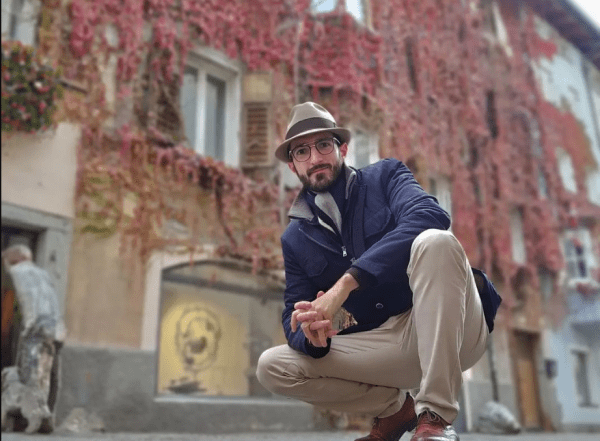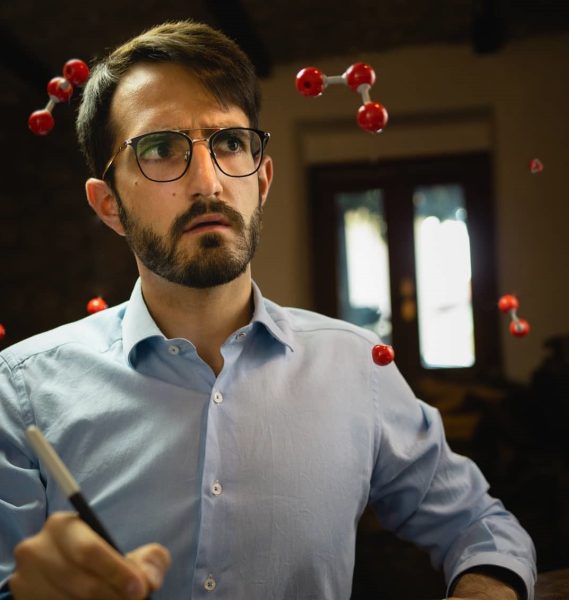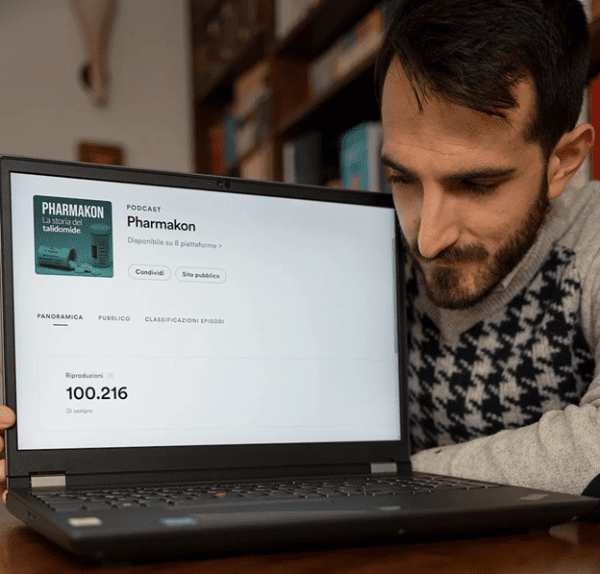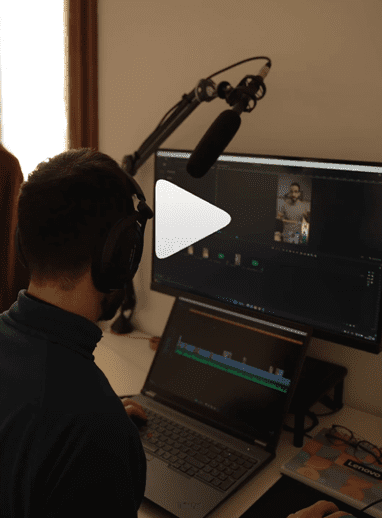For the past seven years, I have worked as a science communicator. When I started this journey, I was very naïve and focused on relaying what I was learning at university to anyone that would listen. However, somewhere along the way, this passion turned into my job. A job in which I’m continuously trying to refine my creative process (what a pretentious term “creative process”), to ensure I’m providing my followers, readers, and listeners with the best information available. In addition to creating exciting work, I try to find ways to produce my content quickly, while still being complete and accurate. So, what does this process entail?

The first step, and maybe the easiest part, is determining what topic to cover – the options are endless when it comes to science, more specifically, chemistry. I talk about subjects that interest me and typically, I have more ideas than time allows. To double that, I’m not a very prolific author, so I also struggle to exhaust the list of ideas that I keep scattered across different platforms. I jot down my ideas whenever and wherever I can, from notepads to my cell phone, they are scattered. This part of the process is not very orderly, but the beauty comes later during the development and research.
The research stage is one of my favorite parts of the process. Typically, I must force myself to stop reading and searching the internet because I’ve learned there’s always one more article or one last search query that I’d like to explore. Being able to access some of the greatest minds through a few clicks of a keyboard is incredible, technology allows us to never stop learning.

When conducting my research, I begin by looking for reports from national or international organizations as they tend to be very complete and give a clear picture of what the scientific consensus is around a topic. Reviews or meta-analyses – articles that bring together the results obtained from many scientific papers published over the years – are great resources for anyone in academia. Once I have a clear understanding of the topic, I move on to the individual papers that interest me. As I read, I summarize all relevant information and I find it convenient to draw all key findings from one source. As one can imagine, this phase of my work requires a lot of time.
Next, I take on the writing stage. I write everything when it relates to my work, from articles to the scripts for the short videos I post on social media. My goal is to provide my audience with the best argumentative structure on the topic. The first version of my writing is never the definitive one and I will rest for a while before re-reading my work with a fresh mind. At this point, I need to edit my work which is the most difficult, but also one of the most important steps I take during my creative process. There is always something superfluous that can be cut out. By this stage, I can publish my work if it’s a written piece, but if I’m working on a script for a video I’m only halfway done.

Filming is always a fun experience, even more so now that I have a studio room in my home. It’s incredibly convenient to be able to mount your camera and start shooting, especially after six years of building and deconstructing my set every time I recorded. When I record a short video for Instagram Reels or TikTok, I must memorize my script in a natural way, so it doesn’t sound too rehearsed. However, for longer videos, I use a teleprompter to guide me, but strictly guide, I do not allow it to dictate my dialogue.
Once filming is complete, I start the editing process. I make full use of the power my ThinkPad P16 provides. I can confidently work with 4K files and export the finished videos in no time. My proven method is to work in small sessions, of no more than 45 minutes straight. Otherwise, I risk alienating myself, which may decrease my interest and effort in my work. By breaking up my working sessions, I am able to view my work with a fresh perspective, pushing me to be more detail-orientated and return to my work energized. Once I wrap up editing, the video is finished and ready to be published across my social media platforms. And then I prepare to restart the entire process.
If you want to see my video showcasing how I create scientific content using Lenovo’s ThinkPad P16, click on the video to the left. I walk through my process of researching, writing, filming, and editing, and I explain how the ThinkPad P16 has made my life a lot easier, especially when it comes to editing. As an Innovator for Lenovo, I’m proud to use their technology to create content that helps people learn more about science.
If you’re interested in seeing examples of my work that has gone through this creative process, or just want to keep up with my #LenovoInnovators journey, follow me on Instagram @RuggeroRollini.

